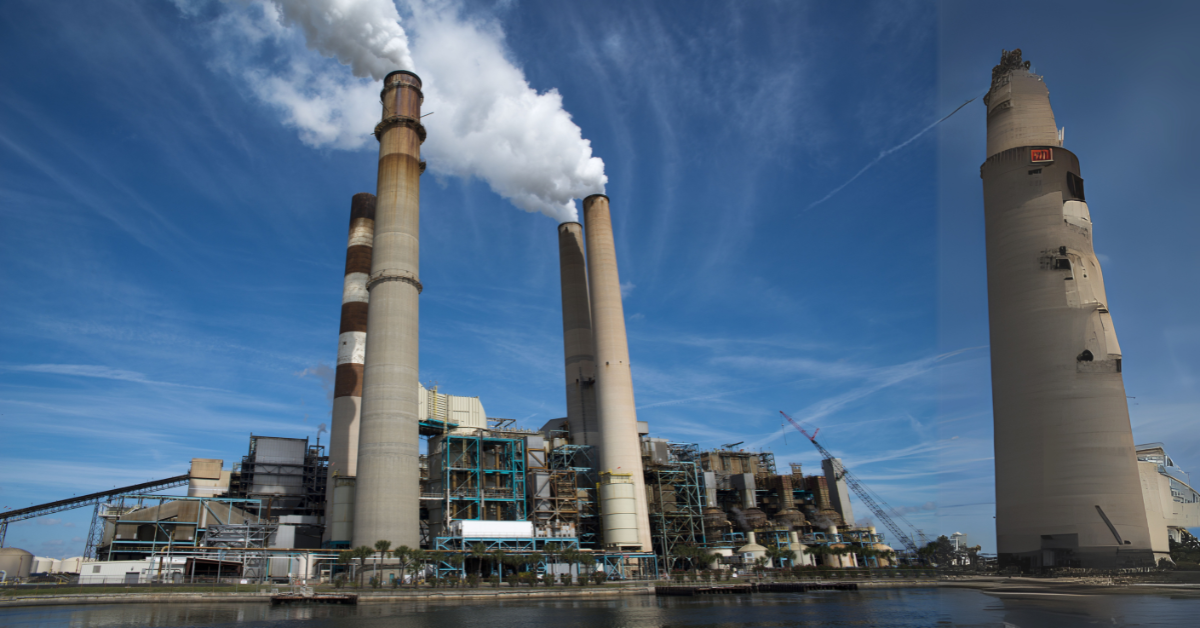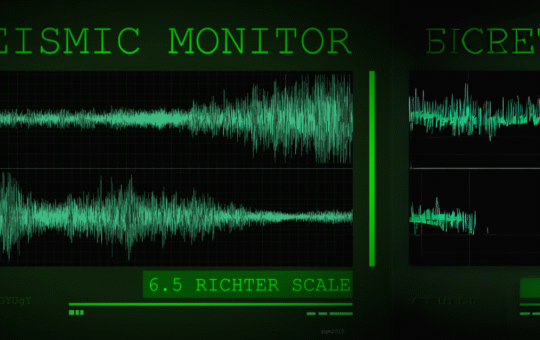
Level 3 Certification in Environmental Impact Assessment in Oil and Gas Projects
- Specialized Expertise: Gain critical knowledge of environmental challenges specific to oil and gas projects.
- Compliance Knowledge: Learn about national and international environmental regulations and standards.
- Practical Skills: Develop skills to conduct effective environmental impact assessments.
- Career Advancement: Enhance your qualifications for roles in environmental management and sustainability.
- Industry Relevance: Stay updated on best practices and tools for EIA processes in the oil and gas sector.
- Understand the principles and processes of Environmental Impact Assessments.
- Identify potential environmental risks and impacts of oil and gas projects.
- Apply methodologies for conducting EIAs, including data collection and analysis.
- Recommend strategies for mitigating adverse environmental effects.
- Prepare comprehensive EIA reports that meet regulatory standards.
- Ensure project compliance with environmental legislation and standards.
- Introduction to Environmental Impact Assessments (EIA)
- Principles and objectives of EIA.
- Role of EIA in sustainable development.
- Environmental Risks in Oil and Gas Projects
- Overview of environmental challenges in exploration, production, and refining.
- Key risk factors: water, air, soil, and biodiversity.
- EIA Process and Methodologies
- Scoping, baseline studies, and impact prediction.
- Tools and techniques for data collection and analysis.
- Regulations and Standards
- Overview of environmental regulations and global standards (e.g., IFC, UNEP).
- Best practices for regulatory compliance in oil and gas projects.
- Mitigation Strategies
- Planning for environmental protection and restoration.
- Developing mitigation measures for identified impacts.
- Stakeholder Engagement
- Involving stakeholders in the EIA process.
- Effective communication and addressing public concerns.
- EIA Report Preparation and Presentation
- Structuring and writing comprehensive EIA reports.
- Presenting findings to stakeholders and decision-makers.
- Case Studies and Practical Applications
- Analysis of successful and unsuccessful EIA implementations in the oil and gas sector.
- Environmental Impact Assessment Specialist
- Environmental Manager in Oil and Gas
- Sustainability Consultant
- Compliance Officer
- Project Environmental Coordinator
- Industry-Relevant Training: Focused on real-world applications in oil and gas.
- Expert Guidance: Taught by professionals with experience in environmental assessments.
- Regulatory Alignment: Curriculum aligns with international EIA standards and best practices.
- Practical Approach: Case studies and exercises to build hands-on skills.
- Flexible Learning Options: Designed to fit your schedule and career goals.
Study Units
- Introduction to Environmental Impact Assessments (EIA)
- Principles and objectives of EIA.
- Role of EIA in sustainable development.
- Environmental Risks in Oil and Gas Projects
- Overview of environmental challenges in exploration, production, and refining.
- Key risk factors: water, air, soil, and biodiversity.
- EIA Process and Methodologies
- Scoping, baseline studies, and impact prediction.
- Tools and techniques for data collection and analysis.
- Regulations and Standards
- Overview of environmental regulations and global standards (e.g., IFC, UNEP).
- Best practices for regulatory compliance in oil and gas projects.
- Mitigation Strategies
- Planning for environmental protection and restoration.
- Developing mitigation measures for identified impacts.
- Stakeholder Engagement
- Involving stakeholders in the EIA process.
- Effective communication and addressing public concerns.
- EIA Report Preparation and Presentation
- Structuring and writing comprehensive EIA reports.
- Presenting findings to stakeholders and decision-makers.
- Case Studies and Practical Applications
- Analysis of successful and unsuccessful EIA implementations in the oil and gas sector.
By the end of this certification, learners will be able to:
- Understand the principles and processes of Environmental Impact Assessments.
- Identify potential environmental risks and impacts of oil and gas projects.
- Apply methodologies for conducting EIAs, including data collection and analysis.
- Recommend strategies for mitigating adverse environmental effects.
- Prepare comprehensive EIA reports that meet regulatory standards.
- Ensure project compliance with environmental legislation and standards.
The Level 3 Certification in Environmental Impact Assessment (EIA) in Oil and Gas Projects is designed for:
Environmental Managers and Coordinators
Professionals in environmental management roles within the oil and gas industry who want to deepen their knowledge of conducting environmental impact assessments for projects.
HSE Professionals
Health, Safety, and Environmental (HSE) officers looking to specialize in environmental impact analysis and mitigation for oil and gas projects.
Project Managers in Oil and Gas
Individuals overseeing oil and gas projects who need to understand how to incorporate environmental risk assessments and ensure compliance with environmental regulations.
Sustainability Consultants
Consultants focused on integrating sustainability practices within the oil and gas sector who require advanced knowledge of EIA methodologies.
Regulatory Compliance Officers
Professionals responsible for ensuring oil and gas projects meet environmental regulations and standards.
Students and Career Starters in Environmental and Energy Sectors
Individuals who aim to pursue a career in environmental impact assessment or environmental management within oil and gas and related industries.
Oil and Gas Engineers
Engineers involved in the design, construction, or operation of oil and gas projects who wish to understand the environmental implications of their work.
Our assessment process is designed to ensure every learner achieves the required level of knowledge, skills, and understanding outlined in each course unit.
Purpose of Assessment
Assessment helps measure how well a learner has met the learning outcomes. It ensures consistency, quality, and fairness across all learners.
What Learners Need to Do
Learners must provide clear evidence that shows they have met all the learning outcomes and assessment criteria for each unit. This evidence can take different forms depending on the course and type of learning.
Types of Acceptable Evidence
Assignments, reports, or projects
Worksheets or written tasks
Portfolios of practical work
Answers to oral or written questions
Test or exam papers
Understanding the Structure
Learning outcomes explain what learners should know, understand, or be able to do.
Assessment criteria set the standard learners must meet to achieve each learning outcome.
Assessment Guidelines
All assessment must be authentic, current, and relevant to the unit.
Evidence must match each assessment criterion clearly.
Plagiarism or copied work is not accepted.
All learners must complete assessments within the given timelines.
Where applicable, assessments may be reviewed or verified by internal or external quality assurers.
Full learning outcomes and assessment criteria for each qualification are available from page 8 of the course handbook.
Top Courses
Related Courses
Let's Get in touch
Deleting Course Review
Course Access
This course is password protected. To access it please enter your password below:



